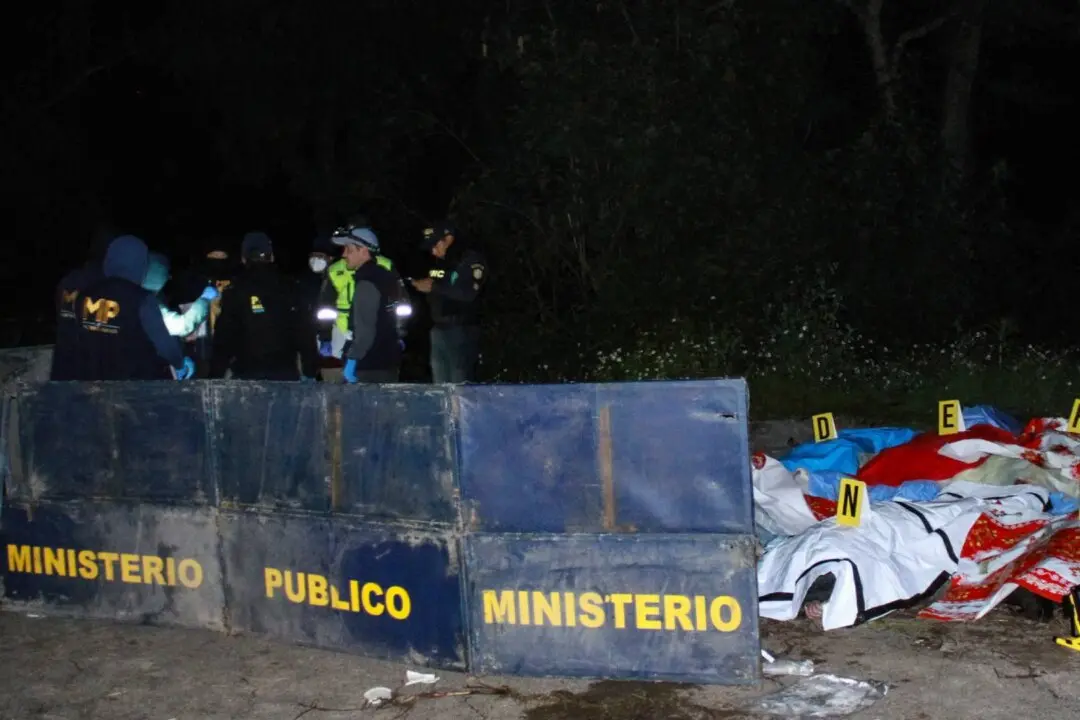WASHINGTON—An El Niño, which can alter weather worldwide, has formed but it’s so weak and late that it shouldn’t be a big deal, U.S. forecasters said.
The National Oceanic and Atmospheric Administration announced on Feb. 14, that the climate feature formed in the central Pacific, but forecasters don’t expect it to last more than three or four months.





